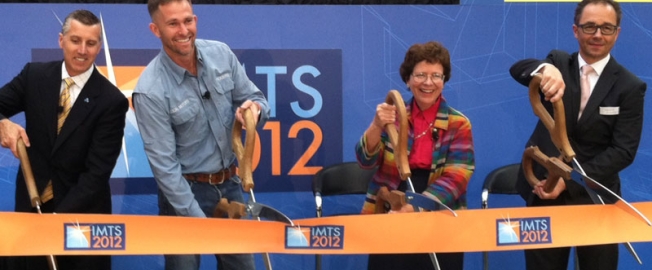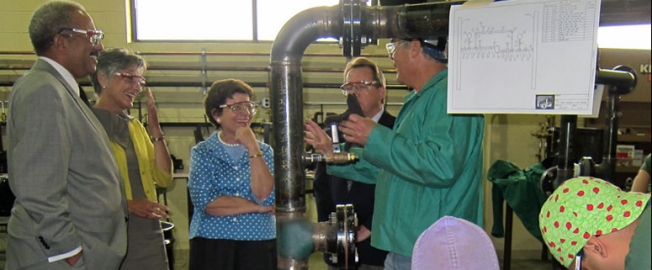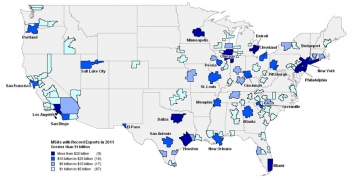Job-Creating Culinary Center Opens in Philadelphia with EDA Support
Guest blog post by Matt Erskine, Acting Assistant Secretary of Commerce for Economic Development
Providing office space and support for budding entrepreneurs to develop and grow their businesses while boosting the synergies offered by their developing ideas, skills, and products is a critical economic development strategy.
This is exactly what I saw today in Philadelphia, when I attended the opening of the new Dorrance H. Hamilton Center for Culinary Enterprises (CCE), an innovative facility that will provide shared business space for food entrepreneurs from throughout the Philadelphia region. This center was developed by Philadelphia’s The Enterprise Center, a business accelerator that since 1989 has supported local entrepreneurs and spurred economic growth in Philadelphia, and the Economic Development Administration (EDA), which in 2010 provided $1.5 million to support the construction of the CCE.
The new CCE building contains 13,000 square feet of space, and includes four state-of-the-art commercial kitchens that will be available for rent to culinary entrepreneurs, an eKitchen Multimedia Learning Center, and retail space for tenants.










